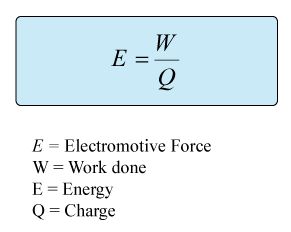How is mass number calculated

Introduction
Mass number, often denoted as “A,” is an essential concept in understanding atomic structure and basic chemistry. It serves as a fundamental quantity representing the total number of protons and neutrons in an atomic nucleus. This article delves into the concept of mass number, how it’s related to isotopes, and the process of calculating it.
Understanding Atomic Structure
To comprehend how mass number is calculated, one must first understand atomic structure. An atom consists of three primary particles: protons, neutrons, and electrons. Protons and neutrons are located within the nucleus at the center of an atom, while electrons orbit around this nucleus in specific energy levels.
Protons are positively charged particles, while neutrons carry no charge and electrons are negatively charged particles. The number of protons, known as the atomic number (denoted by Z), determines which element an atom belongs to, whereas the number of neutrons determines the isotope of that element.
Isotopes – Variants of Elements
Isotopes are variants of a particular chemical element that possess the same number of protons but a differing amount of neutrons in their atomic nuclei. As a result, isotopes have distinct atomic masses yet exhibit identical chemical properties due to their chemically significant electron configurations remaining unaltered.
Calculating Mass Number
The mass number (A) is simply calculated by adding up the total number of protons and neutrons present in an atom’s nucleus. The formula for determining mass number is represented as follows:
A = Z + N
Where,
A = Mass Number
Z = Atomic Number (Number of Protons)
N = Number of Neutrons
For example: To determine the mass number for a carbon-12 atom:
Z = 6 (as carbon has six protons)
N = 6 (as that particular carbon-12 isotope has six neutrons)
The mass number (A) for carbon-12 is calculated as follows:
A = Z + N = 6 + 6 = 12
Thus, the mass number of carbon-12 is 12, with its six protons and six neutrons contributing to this value.
Conclusion
Understanding and calculating mass numbers is fundamental in studying chemistry and atomic physics. By identifying the number of protons (atomic number) and neutrons in an atom, one can accurately determine its mass number and subsequently gain insights into atomic structure, isotopes and their variations. This knowledge paves the way for studying deeper aspects of chemical behavior and properties, as well as facilitating advancements in scientific research.






